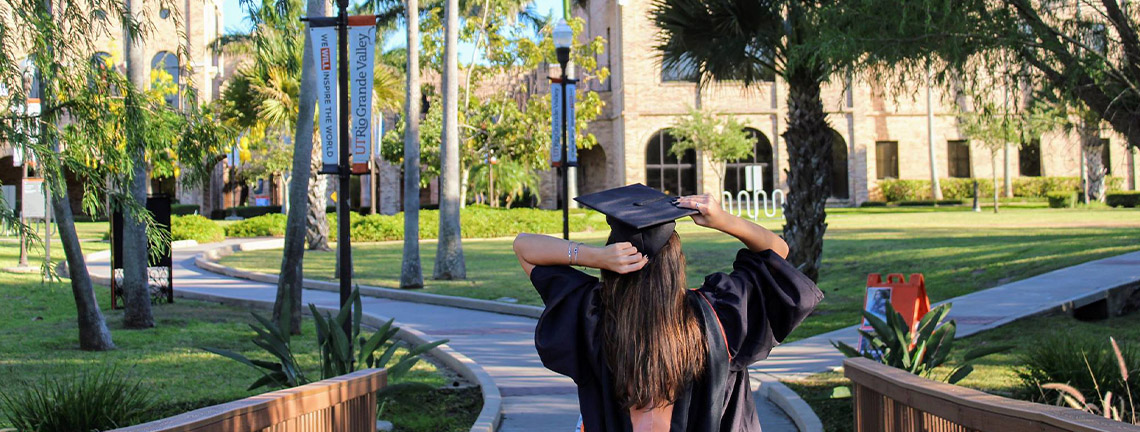
Theses and Dissertations
Date of Award
8-2021
Document Type
Thesis
Degree Name
Master of Science (MS)
Department
Chemistry
First Advisor
Dr. Debasish Bandyopadhyay
Second Advisor
Dr. Tülay Ateşin
Third Advisor
Dr. Narayan Bhat
Abstract
Flores, Jorge L., Chemical Investigation of Camu Camu (Myrciaria dubia) Leaves and Roots. Master of Science (MS), December, 2020, 45 pp., 8 Tables, 28 Figures, 21 references, 12 titles.Being the largest on the planet, the Amazon rainforest also has the greatest biodiversity of plant life on earth. In the lowland regions of the Amazon grows the Peruvian camu camu (Myrciaria dubia) plant. A short and shaggy shrub, camu camu produces a tasty but sour fruit. Camu camu’s berry-like fruit is widely consumed by the native people of the Amazon. Its distinguished richness in vitamin C, as well as the presence of antioxidants, minerals, and nutraceuticals, make it valuable to healthy eating. These qualities have also helped the fruit find their prominence in the international market.
Literature shows that the fruit of the camu camu plant has undergone chemical investigation and pharmacological examination, however, the investigation of neither the roots nor the leaves has been carried out in detail. Besides the fruit, various parts of the plant have been shown to be valuable to Amazonian folklore medicine, including the leaves and the roots. In order to identify new sources of medicinally important or industrially valuable compounds from existing but neglected botanicals, a chemical investigation of the non-polar to polar extracts from the camu camu plant have been conducted.
Ultra High-Performance Liquid Chromatography (UHPLC-MS) studies have been performed for the polar extracts of both the roots and the leaves; the chemical composition of these plant parts and identification of several medicinally valuable compounds has been accomplished. A Gas Chromatography-Mass Spectrometry (GC-MS) study has been performed for a non-polar fraction from the diethyl ether extract of the leaves; 100 compounds were found to be present, 49 known and 51 currently unknown. The isolation of 4 non-polar compounds has been carried out via column chromatography of the same diethyl ether leaf extract; Fourier-Transform Infrared Spectroscopy (FTIR) analysis has been conducted and the compounds have been determined to be pure. This study begins to uncover the privileged molecules from the camu camu plant’s leaves and roots that may create useful applications for this untapped yet abundant natural resource.
Recommended Citation
Flores, J. L. (2021). Chemical Investigation of Camu Camu (Myrciaria dubia) Leaves and Roots [Master's thesis, The University of Texas Rio Grande Valley]. ScholarWorks @ UTRGV. https://scholarworks.utrgv.edu/etd/641


Comments
Copyright 2021 Jorge L. Flores. All Rights Reserved.
https://go.openathens.net/redirector/utrgv.edu?url=https://www.proquest.com/dissertations-theses/chemical-investigaion-camu-em-myrciaria-dubia/docview/2595486352/se-2?accountid=7119